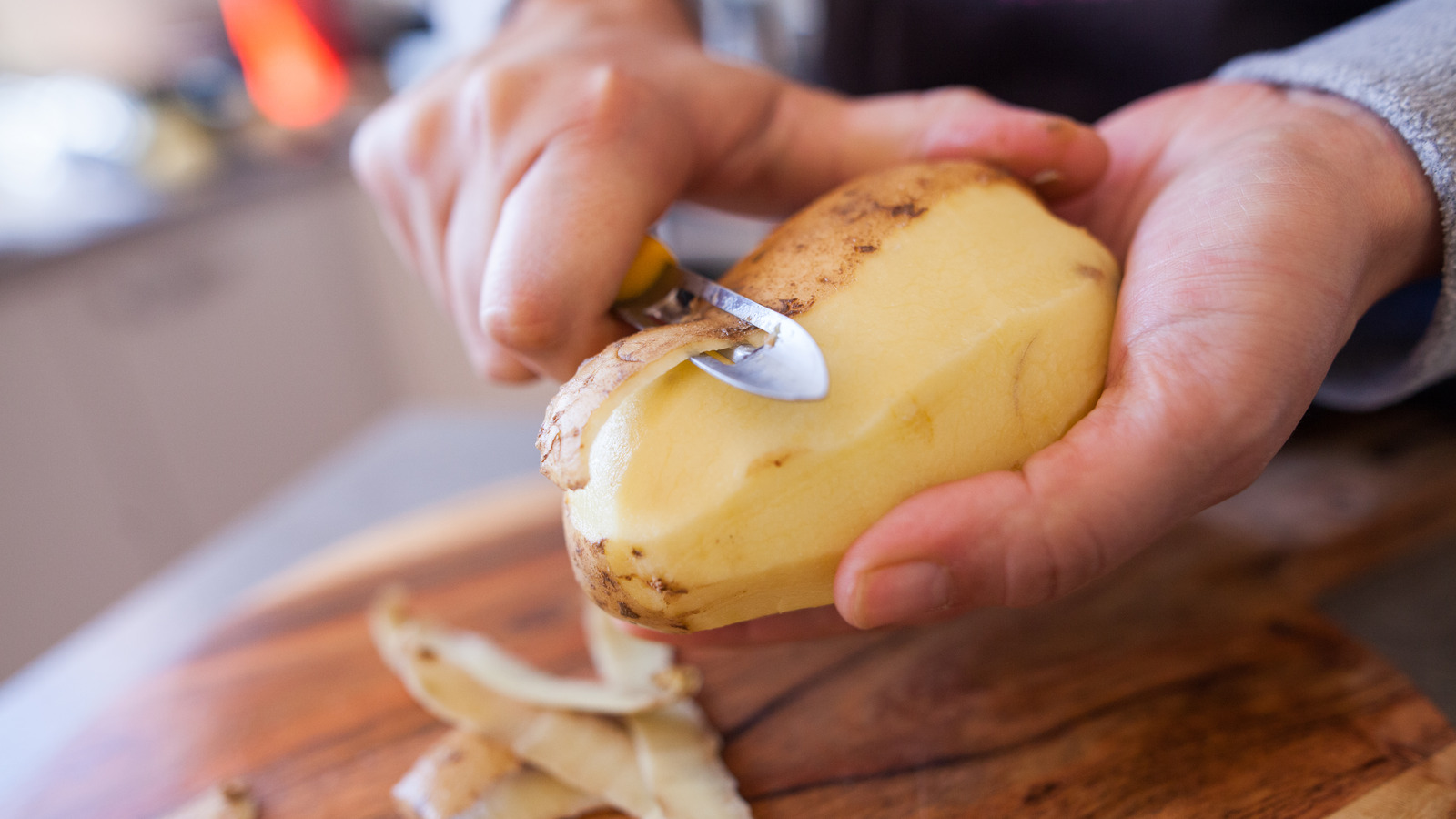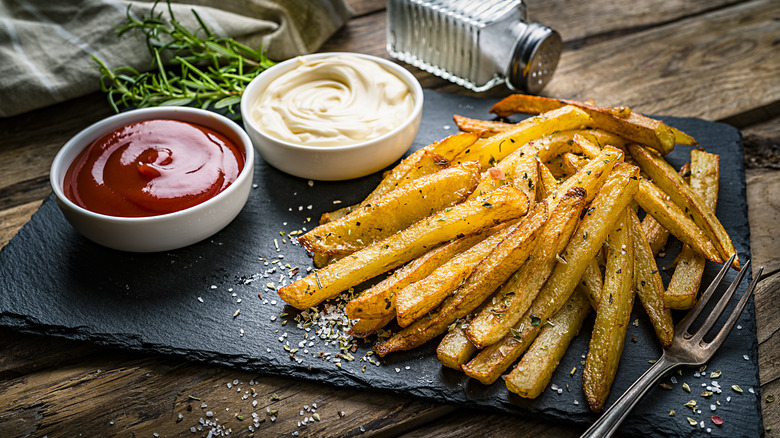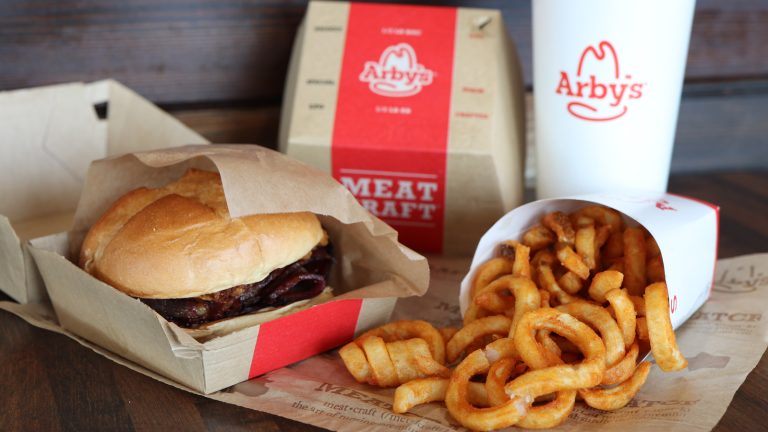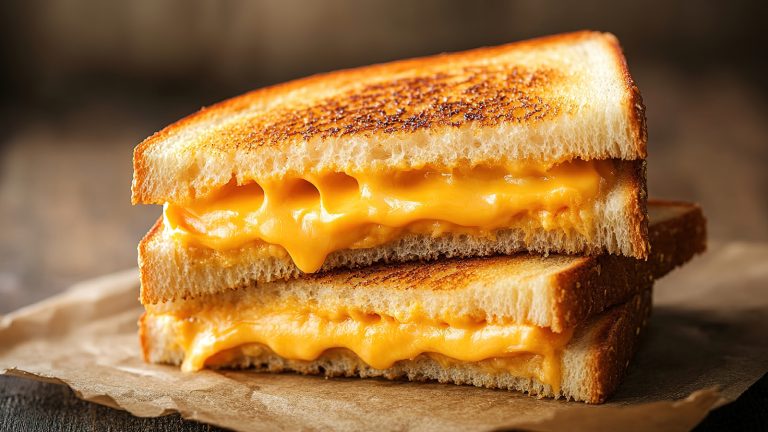We may receive a commission on purchases made from links.
Fresh, homemade fries hit differently, particularly when compared to the passable satisfaction of store-bought frozen french fries. Plus, if you’re seeking to bypass the added grease and sodium accompanying a bag of fast food fries, homemade is the way to go, especially since you have complete control over the added ingredients and cooking method, be it deep frying, baking, or air frying. But when you’re working with the star of the dish, the potato, at home, there comes a key question: to peel or not to peel. This seemingly minor decision can impact the final result, particularly its texture.
By not peeling the potatoes, the skin develops a satisfying crunch that beautifully contrasts the fluffy centers of the fries. On the contrary, peeled fries offer a uniform consistency throughout and a potentially smoother mouthfeel. Consider your desired fry style and the type of potato you’re using as well. For instance, classic french fries, pommes frites, and Belgian fries may call for peeled potatoes. But when working with spuds that have a delicate skin (like fingerling potatoes), you can leave them unpeeled. Some rustic and chunky pub-style wedges are often prepared with russet potatoes with the skin on, as are steak frites made from Yukon Gold potatoes with thin peels. Keeping the skin on also offers additional nutrients like vitamins, essential fiber, and minerals. If you’re leaving the skin on, give the surface a gentle scrub and wash to remove any residual dirt lurking around.
All things considered, the answer to whether you should retain the skin or not ultimately depends on personal preference, much like following other tried-and-tested techniques like triple cooking fries for the crispiest results and cold-frying the wedges.
Season and serve to satisfy
Skin on or not, seasoning your fries can elevate this classic finger food to gourmet status, and thoughtfully paired seasonings can complement your chosen potato style. Thick-cut fries with skins benefit from bold, robust seasonings that enhance their rustic character. Coarse sea salt is a safe and solid foundation, while smoked paprika adds depth and color. Fresh or dried herbs infuse aromatic elements that pair beautifully with the earthy potato skins. Get creative with seasoning blends and recreate a loaded potato experience with bacon bits (or choose a simulated option like McCormick’s Bac’n Pieces for a vegan version), chopped chives, and sour cream powder sprinkled over your fresh, hot fries. Because thick fries with their skins intact have a sturdy structure, you can also amp up their flavor with a drizzle of infused oil without worrying about a soggy serving.
Peeled fries present a clean canvas that readily absorbs more delicate seasonings. Beyond traditional salt, consider leveling up with sophisticated add-ons like truffle salt, fleur de sel, chaat masala, or nutritional yeast for a vegetarian substitute of Parmesan. The choices of spices and seasonings are not set in stone and can vary per individual taste preferences. However, when you season the spices is crucial. Whether or not you peel the potatoes, season the fries as soon as they are removed from the oil when deep frying. The residual moisture on the surfaces allows the seasonings to cling to the fries much better. For baked or air-fried versions, season and lightly brush with oil before cooking. Who would have thought a humble grab-and-go convenience food would involve so much intricacy to achieve the utmost satisfaction?






